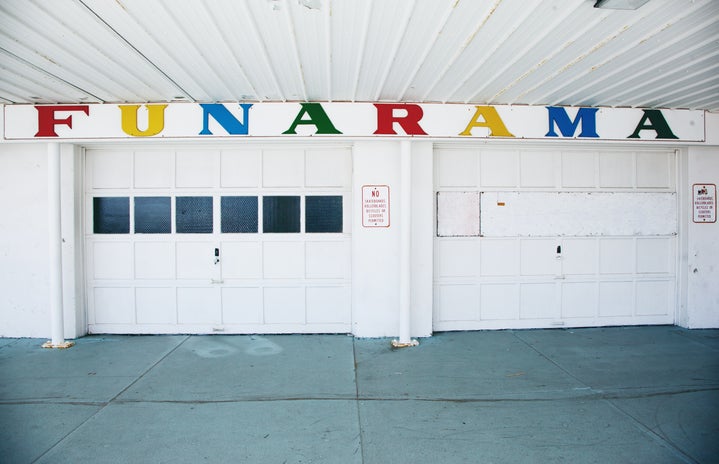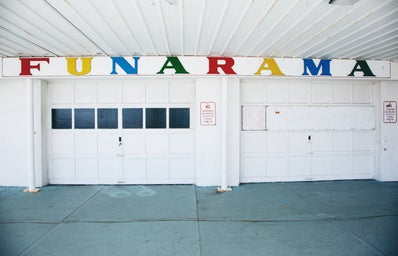I don’t think anyone really appreciates “Princess and the Frog”, or at least as much as they should from a cinematic point of view. There are a lot of things in “Princess and the Frog” that goes unnoticed by a lot of people. Obviously, it’s the first Disney movie to feature an African American as a Disney Princess, which pretty much redefined what it meant to be a princess in a fictional and commercial sense. It also features a wide variety of talented African American leads such as Anika Noni Rose as Tiana, the main protagonist, Keith David, as Dr. Facilier or the Shadow Man, and, my personal favorite, Michael-Leon Woody as Louis, the trumpet-playing alligator of the bayou. Though incredibly important, African American representation seems to be the only thing that comes up when talking about this film. There’s a lot of stuff that I don’t think anyone really realizes about this film that should be mentioned, like, oh I don’t know, it’s literally the last hand-drawn animated Disney princess film (and the second to last hand-drawn animated Disney film to have been released, the last one being Winnie the Pooh). “Princess and the Frog” follows all the conventions of a hand-drawn Disney film but with new twists, making it the quintessential transition piece for Disney animation.
Via Giphy
Location, Location, Location!
First off, this movie takes place in New Orleans. In case you didn’t know, that’s in the United States, NOT in Europe, where most Disney princess films take place. Additionally, because it’s in New Orleans, that opens the door for a change in the music department. If you had to define the Disney songs as what genre they fell in, you’d probably say Broadway. Yes, they may dabble a bit in other genres here and there, but at the end of the day these movies are musicals, and a lot of these musicals are influenced by Broadway. So, what does New Orleans have to do with anything? Just listen to the soundtrack of “Princess and the Frog”. It doesn’t have that swelling orchestra that accompanies the singers you usually find in Broadway, like “A Whole New World” or “Be Our Guest”; it has music that was developed and performed by the people who lived in or near New Orleans. Jazz, swing, blues, and gospel are all genres that are present in “Princess and the Frog”, were developed by the people of New Orleans as well as the larger African American community. Songs like “Down in New Orleans” and “When We’re Human” is straight-up jazz. “Dig a Little Deeper” is gospel music with a whole church choir accompanying it, and “Gonna Take You There” falls right into zydeco, complete with an accordion. All these genres you could find in New Orleans but not anywhere else in the world, making the soundtrack to “Princess and the Frog” one of the most unique that Disney has ever released and has yet to even remotely replicate to this day.
Picture by Naveen Venkatesan on Unsplash
Creative Liberties
Here’s another unique thing about “Princess and the Frog”: the writers took several creative liberties with the original story. In many of the several adaptations of this story, there have been either very few or no stories where the actual princess turns into a frog. This is actually the first Disney princess movie where the princess turns into a different creature that isn’t a humanoid. What’s even more interesting is that the movie almost gets really meta as they acknowledge the fact that in this universe there is a story of a frog prince becoming human after a princess kisses him. Movies like “Cinderella” or “Beauty and the Beast” don’t acknowledge that they are living in a similar scenario as a well known fairy-tale. Also, look at the Disney animated princess films that came after “Princess and the Frog.” Most of the Disney movies based on fairy tales before “Princess and the Frog” were heavily based on the original source material and were changed to better suit a movie that is enjoyable and fun to watch. However, movies after “Princess and the Frog” made enormous changes to the original source material. “Frozen” and “Tangled” are vastly different from their counterparts The Snow Queen and Rapunzel respectively. While other Disney fairy-tale movies did make changes to the source material, none were so drastic like “Princess and the Frog.” It was only after the release of “Princess and the Frog” that Disney was willing to creatively rethink the old fairy-tales and make it into their own story. But, as I said in the title of this piece, this is a transitional movie, so there must be some resemblance of the old Disney in here other than the hand-drawn animation. This comes into play with the Shadow Man.
The Shadow Man
Picture courtesy of Poley-World on Tumblr
Have you ever noticed that Disney movies today starting with “Frozen” never really have an obvious villain until the end of the movie? Watch one of the trailers for a Disney movie that came out in the last 5 years. Could you tell someone, without any doubt in your mind, that you know who the primary antagonist is? Probably not. Most modern Disney movies always have a twist villain, where the character starts off as someone who seems like a genuinely nice or even caring person (i.e. see Hans from “Frozen” or Ms. Bellwether from “Zootopia”), but then at the last minute, it turns out they were the villain all along. Now, look at something like “Sleeping Beauty”, which came out in 1959. The first time we see Maleficent, there’s no subtlety on whether or not she’s the antagonist or not. She has horns on her head resembling the devil, long fingernails which looks like claws, wears all black, lives in a castle that always seems to have a thunderstorm outside and is the home to a bunch of monsters, and she even calls herself the Mistress of Evil. There’s no subtlety here. This trend of not-so-subtle villains continues from “101 Dalmatians”, “The Little Mermaid”, and “Tarzan” just to name a few. Now let’s reexamine Dr. Facilier, the Shadow Man. Again, we have someone who pretty much wears all black, lives in a dark room, practices dark magic, dawns a skull mask at one point, contacts with otherworldly frightening beings that all seem to have a maniacal laugh, and can interact with his and other people’s shadow. Again, a lack of subtlety. This isn’t a criticism of the character, but more of an observation. We don’t need to spend too much time with the Shadow Man to know what his intentions are and how he plans to achieve them. He wants power because power is what evil people want, and this makes him a fun character. Some of the best Disney villains are the ones who are just straight-up bad from the start. You want to see what kind of diabolical scheme these villains come up with because when they ultimately fail, it makes it that more satisfying. You don’t get that these days with modern Disney villains because you don’t know who the villain is or what their plans would be.
All this brings us back to why I call this a Disney transitional movie. There are so many things in this movie that are a throwback to previous Disney movies, like the hand-drawn animation and the Shadow Man. But then there are so many non-conventional things with this movie that carried on to other Disney movies, such as completely reworking a story from the source material. And then there’s the stuff that made “Princess and the Frog” unique compared to all other Disney films, such as Tiana being a frog for the majority of the movie and the music being based on the music of New Orleans and not Broadway. These factors make “Princess and the Frog” such a rare Disney movie that it breaks the conventions of the old Disney films while establishing a path for the new Disney animated films and make itself stand out as a film that’s style and charm has yet to be replicated.



